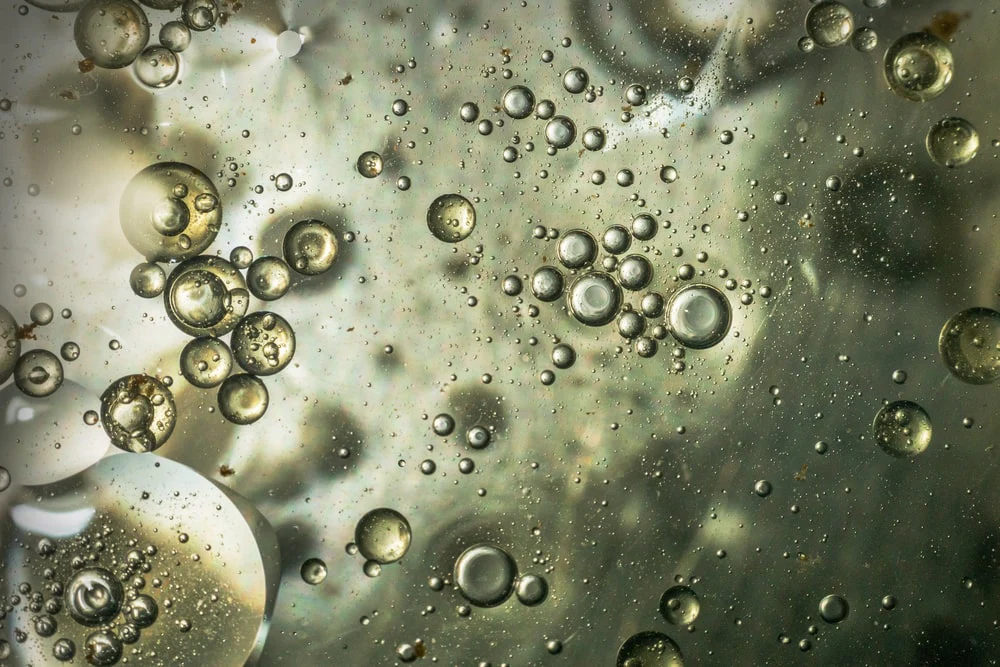Propylene, also known as propene, is a colorless and flammable gas with a slightly sweet odor. It is an unsaturated hydrocarbon with the chemical formula C3H6, indicating that it consists of three carbon atoms and six hydrogen atoms. Structurally, it contains a double bond (C=C) between two carbon atoms.
Propylene is a crucial petrochemical and is primarily produced as a byproduct of petroleum refining and natural gas processing. It is obtained through various processes, including steam cracking of hydrocarbon feedstocks or catalytic cracking of heavier fractions of crude oil.
Propylene is a versatile chemical compound with numerous industrial applications. One of its major uses is as a building block for the production of polypropylene (PP), which is one of the most widely used plastics in the world. Polypropylene is employed in various applications, including packaging materials, automotive parts, textiles, appliances, and consumer goods.
Apart from polypropylene, propylene is utilized in the manufacturing of other polymers and chemical products. It serves as a raw material for the production of acrylonitrile, which is used in the production of acrylic fibers and resins. It is also used in the production of propylene oxide, which is further processed to create polyurethane foams, propylene glycol, and other chemicals.
Furthermore, it is employed as a fuel and as a refrigerant in certain applications. It is used as a propellant in aerosol products and as a solvent in various industrial processes. Propylene’s properties and applications make it a valuable compound in multiple industries, including packaging, automotive, construction, textiles, and chemicals.
It’s important to note that propylene is considered a valuable feedstock in the petrochemical industry due to its versatility and wide range of applications. Efforts are also being made to develop sustainable production methods for propylene, such as through bio-based or renewable sources, to reduce reliance on fossil fuels.

